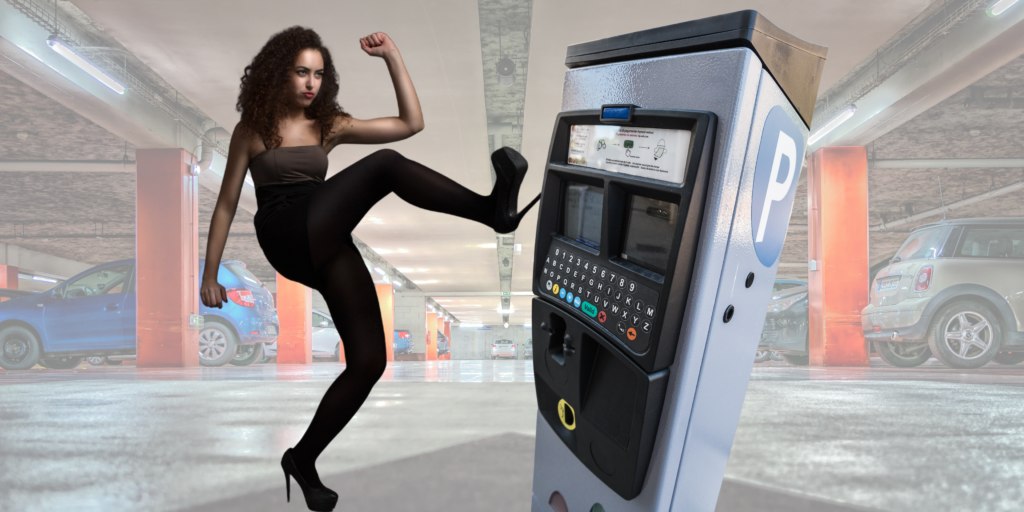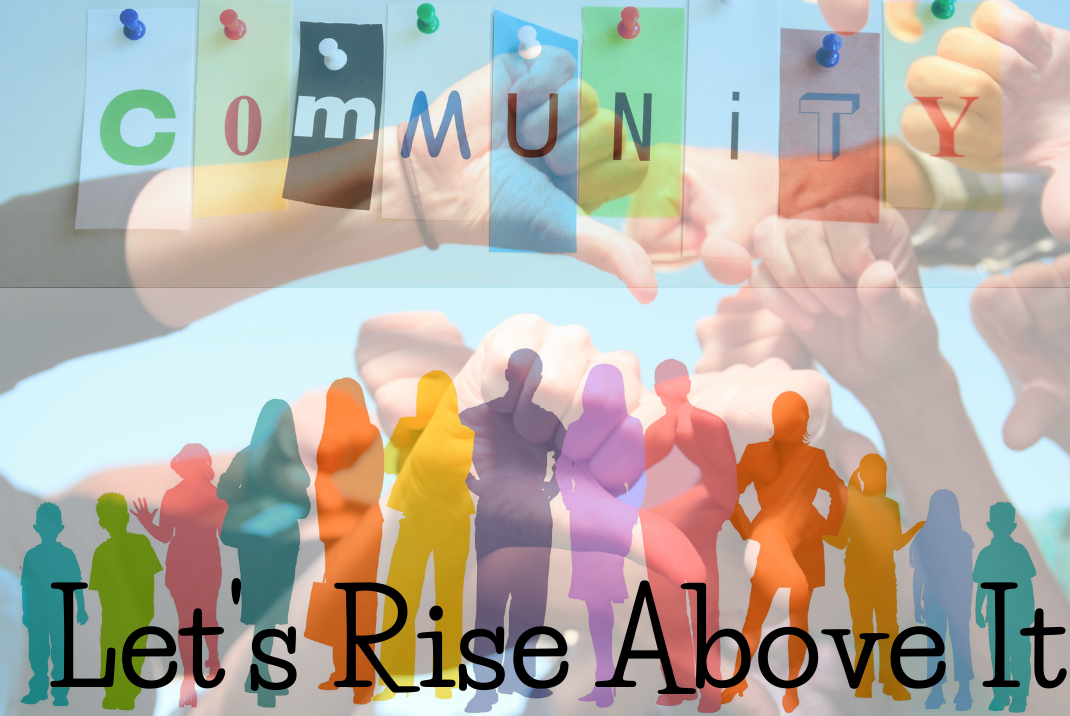My foot was seconds from frustratingly hitting the broken parking machine when I heard a voice behind me, “Is it broken? That happens all the time.”
The story of the broken parking machine took place during a business trip I recently had to Salt Lake City, Utah. I was there to speak to a group of leaders at Utah Valley University. I woke up in a good mood, got ready, and headed to the university. I’ve spoken to these students several times and always enjoyed it, so I was prepared for a great day.
As soon as I arrived, I drove to the parking garage, where I needed to pay for my parking ticket. Not one, but both machines were broken. My frustration grew as I looked at my phone and realized I was now running late because I couldn’t get the machines to work. At this point, I was ready to break open the machines!
As I reached for the machine, I heard a voice behind me say, “Is it broken? That happens all the time with those machines.” I turned around to see two students smiling at me. “We noticed you were having some difficulty; if the machine doesn’t work, then the best option is to use the parking app.” It was nice to hear someone willing to help, but my frustration lingered at the thought of downloading an app, setting up an account, inputting a credit card, and then paying for parking. At that moment, I thought to myself that maybe I should just forget it all and take the parking ticket from the police at this point.
“I’m not from here, so I, unfortunately, don’t have the app,” I responded.
I figured that would put an end to her courtesy check-in and that I would be left to solve my problem. But I was wrong.
“I have the app, so I’ll pay for your ticket so you can be on your way.” The student smiled as she pulled out her phone.
“That would be great! I can give you cash to cover the cost.” I mentioned with gratitude.
“Oh no, don’t worry about it. I got it.” She said with a smile as she started to input the information into her device.
The cost of the parking was only $7, but to a student, that might as well be $70. I was shocked she wouldn’t take my money. I almost felt guilty that she wouldn’t take it. I tried to insist, but she refused and said it was her treat.
I was so moved by her random act of kindness that I immediately felt welcomed, connected, and engaged in the school. Because of this, my initial frustration vanished. After that moment, I left the parking garage with a positive sense of connection and community.
A sign of a healthy community is when members do random acts of kindness for each other, and even for people that come into the physical space of the community but might not be members. A random act of kindness can go a long way toward increasing connectedness and engagement in your community. Just like in Dance Floor Theory, it is critical to foster a Culture of Connection™ within your community to help everyone feel welcomed, connected, and engaged. Remember, the first lesson of DFT is that the more friends you have on a dance floor, the more fun that dance will be and the longer it will last.
Here are 3 reasons why random acts of kindness matter within a community:
It contributes to the development of relationships and social connections:
A random act of kindness fosters relationships among members. When you show someone kindness or care, you create a bond with them and make them feel that they can trust you. Your community will be healthier if members can form relationships.
It alleviates members’ distress and improves their mood:
Everyone faces difficulties, some of which they don’t even discuss. Random acts of kindness towards fellow members can lift their spirits while increasing engagement and retention. Some ideas might be to pay for someone’s lunch, hold the door for someone, or even offer snacks to your group. The smallest things are often the most appreciated.
Everyone matters:
You don’t have to know everyone personally before showing them kindness. The student who assisted me had no idea who I was. Acts of kindness extended to new members will keep them committed to your community. This should be a fundamental value of any healthy community.
What can you do in your community to practice random acts of kindness? Do not overthink things. You can begin by offering to pay a member’s parking lot ticket, purchasing a birthday cupcake for someone, or giving someone a ride home. Anything that shows you care will go a long way toward building a healthy community.




